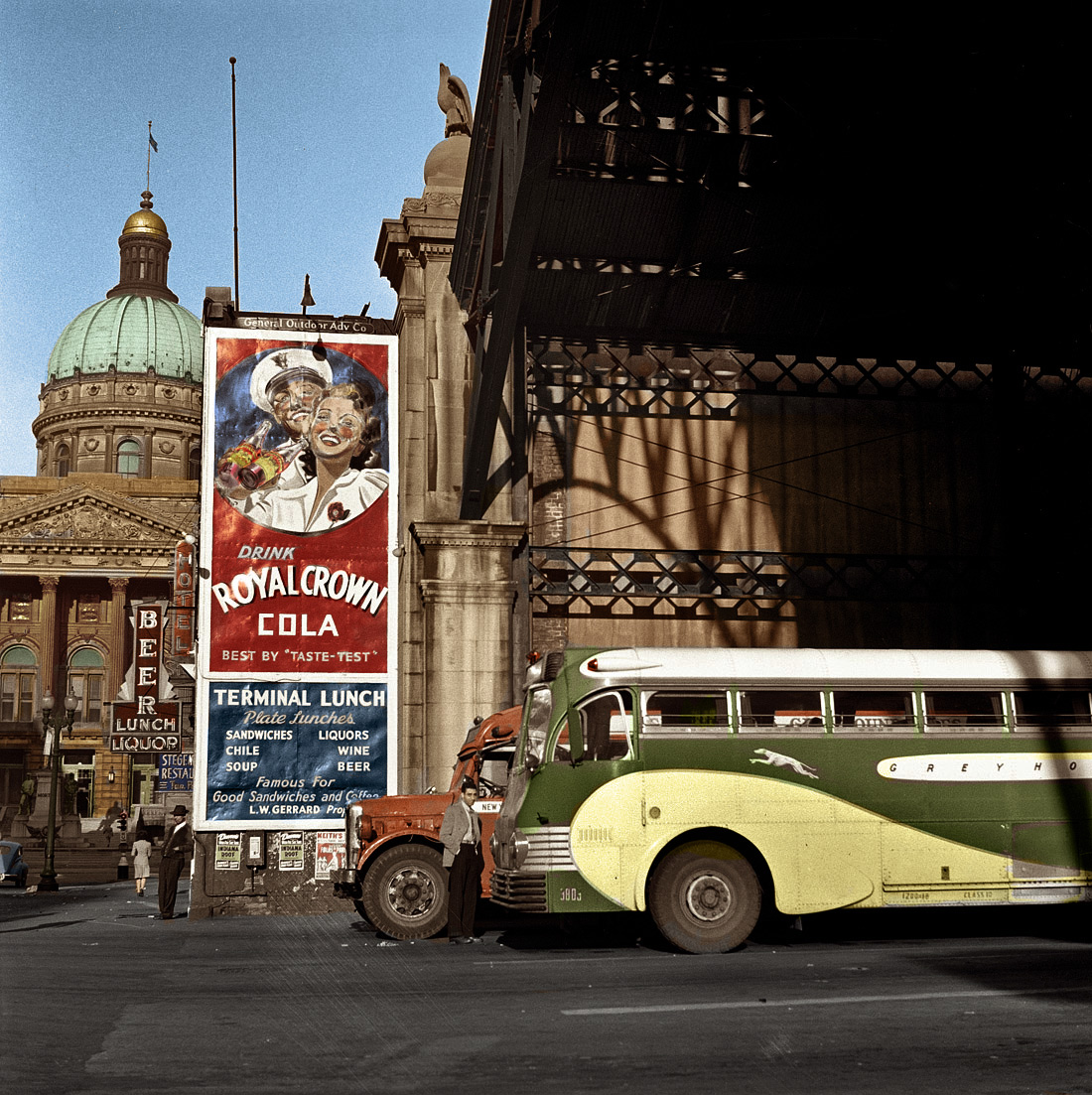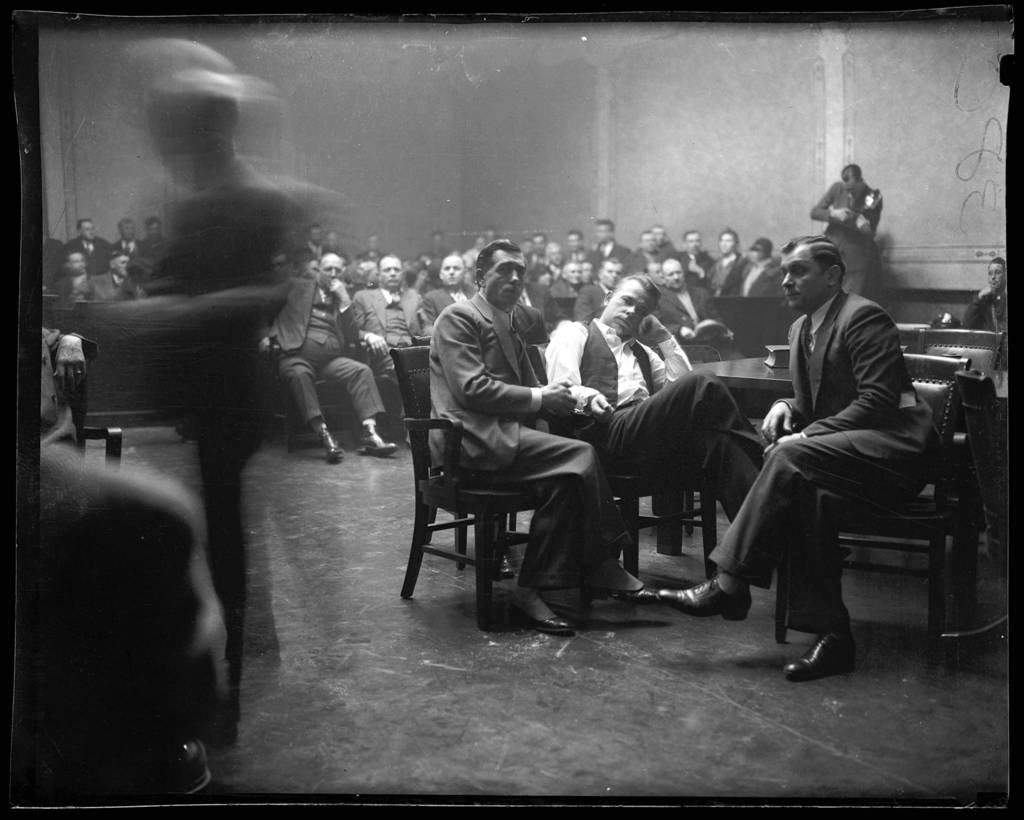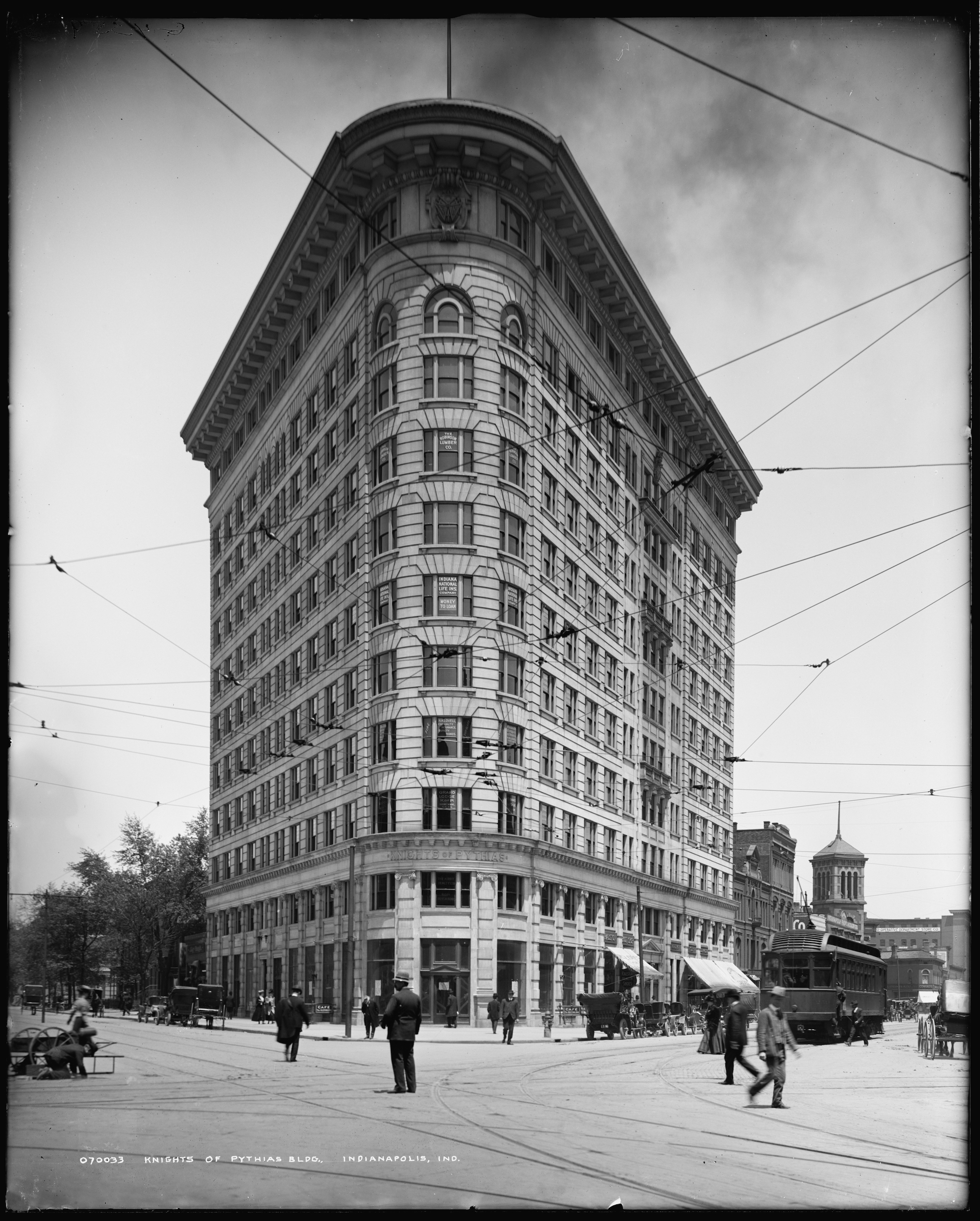On December 11, 1816, President James Madison signed an act of Congress admitting Indiana as the 19th state to the Union. A little over a century later, in 1925, the Indiana General Assembly enacted legislation designating of December 11 as Indiana Day. By law:
The governor shall issue a proclamation annually designating the eleventh day of December as Indiana Day, and in pursuance thereof suitable exercises, having reference to the historical event to be commemorated thereby, may be held in the public schools of the state, and by citizens generally throughout the state, in appropriate and patriotic observance of the anniversary of the admission of the state of Indiana into the Union.
Ind. Code § 1-1-10-1. Pursuant to this statutory mandate, the Indiana Legal Archive looks back at the state's history through the documentary lens of photographs, portraits, and artistic renderings.
In the two centuries that have passed since its founding, Indiana has witnessed both hardship and prosperity, division and unity. It is the birthplace of literary, cultural, business, and pharmaceutical innovation, serving as the home to the likes of Kurt Vonnegut, Wes Montgomery, James Dean, Ernie Pyle, Madame C.J. Walker, and Eli Lilly. Its darker past—from the removal of Native Americans during the nineteenth century to the rise of the Klan during the 1920s and the persistence of de jure segregation well into the 1950s—reveals the sins of racial prejudice and xenophobia. Yet despite its flaws, the State of Indiana and the people who have called it home have shown a remarkable resilience as time passes.
Happy birthday Indiana. Here's to your accomplishments to date and to another two hundred years of prosperity and unity.
A polyhedron, or multi-sided, barn is this nine-sided example in La Porte, Indiana (year unknown). Image via Library of Congress.



































